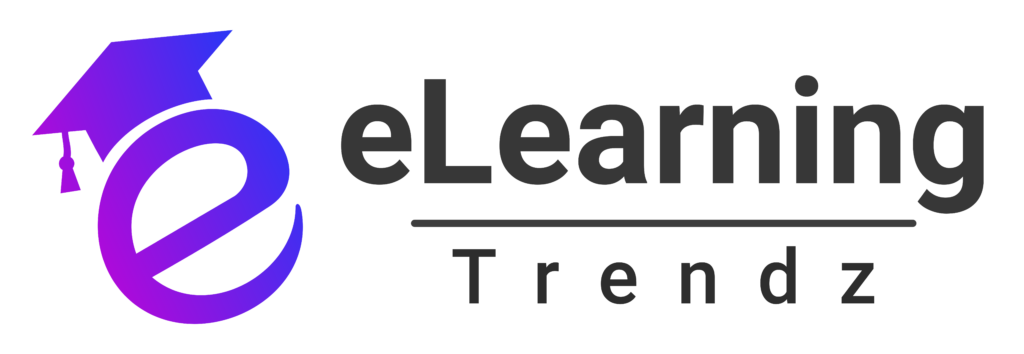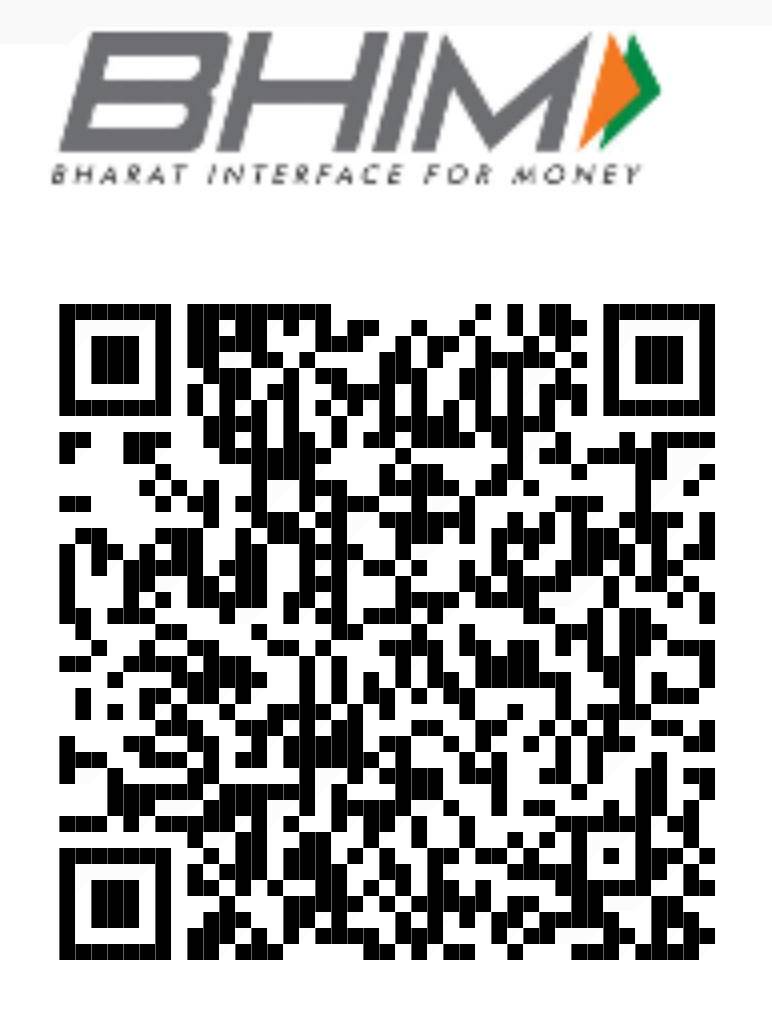The rise of new technologies has revolutionized corporate eLearning, offering improved ways to create, manage, and track training programs. One such innovation is the integration of blockchain in eLearning, which enhances transparency, security, and efficiency in course completion. Blockchain’s decentralized nature and its ability to provide tamper-proof records are transforming the way learners’ achievements and certifications are stored and verified. In this blog post, we will explore how blockchain in eLearning ensures the credibility and integrity of course completion while improving learner trust and employee engagement.
What is Blockchain in eLearning?
Blockchain in eLearning refers to the application of blockchain technology to the management and tracking of learner data, course completion, and certification processes. In a blockchain-powered system, records of course completions, achievements, and certifications are stored as immutable blocks in a decentralized ledger, which is transparent and tamper-resistant. This means that learners and organizations can rely on a secure and verifiable record of completion without the risk of fraud or data manipulation.
The Role of Blockchain in Ensuring Transparency in eLearning
One of the key benefits of integrating blockchain in eLearning is its ability to provide full transparency in course completion. Traditional learning management systems (LMS) can sometimes face issues related to data accuracy, verification, and security. By using blockchain, these issues are mitigated, as the technology offers a decentralized and immutable ledger that guarantees authenticity. Here are the primary ways blockchain ensures transparency in eLearning:
1. Immutable and Verifiable Records
Blockchain allows for the creation of permanent, unchangeable records of a learner’s course completion. Once a learner completes a course, their achievement is recorded as a block on the blockchain, and it cannot be altered or erased. This ensures that course completions and certifications are securely stored and verified, providing a trustworthy record of achievement that is accessible to both learners and employers. Additionally, this reduces the likelihood of fraudulent claims about course completions or certifications.
2. Real-Time Verification
With traditional eLearning systems, verifying course completions and certificates often involves time-consuming manual checks. Blockchain automates this process by providing real-time verification of learner achievements. By leveraging blockchain in corporate eLearning, organizations can instantly verify the legitimacy of a learner’s progress and certifications without relying on third-party entities. This ensures that the data is always up-to-date and accurate, promoting transparency and trust among all stakeholders.
3. Open Access to Learning Records
One of the advantages of blockchain’s decentralized nature is that learners can have open access to their own educational records. Rather than relying on a centralized authority to manage and share these records, learners can control their own data, which can be shared with potential employers, educational institutions, or other relevant parties. This transparency gives learners greater ownership of their educational achievements, leading to increased trust and confidence in the learning process.
How Blockchain Enhances Security in eLearning
Security is a major concern in online learning, especially when it comes to protecting sensitive learner information and ensuring the authenticity of certifications. By using blockchain in eLearning, organizations can significantly enhance security in several key ways:
1. Decentralization and Reduced Risk of Data Breaches
Blockchain’s decentralized nature means that learner data is not stored in a single central database, reducing the risk of data breaches that can occur when hackers target a single point of failure. Instead, data is distributed across multiple nodes in the blockchain network, making it much more difficult for unauthorized parties to gain access. This enhances the security of learner records and reduces the likelihood of identity theft or fraudulent activity.
2. Protection Against Fraudulent Certifications
With traditional digital certificates, there is always the potential for fraud or unauthorized alterations. Blockchain eliminates this risk by providing a tamper-proof, verifiable record of every certificate issued. Because blockchain records cannot be altered, once a certificate is issued, it is permanently associated with the learner’s identity and cannot be falsified. This helps organizations and employers confidently verify the authenticity of credentials, ensuring that only legitimate certificates are recognized.
3. Secure Sharing of Learning Achievements
Blockchain technology allows for secure and seamless sharing of learner data. Learners can control who has access to their data, granting permissions to specific employers, institutions, or organizations to verify their course completions and achievements. This ensures that sensitive information is protected while still providing the transparency necessary for career development and educational progression.
Blockchain in eLearning: The Future of Credentialing and Certification
The integration of blockchain in eLearning is reshaping the future of credentialing and certification. Traditional methods of issuing and verifying certificates often involve manual processes, delays, and the potential for fraud. Blockchain offers a streamlined, secure, and transparent solution for verifying learners’ credentials. Some of the exciting future applications of blockchain in eLearning include:
1. Verified and Portable Digital Badges
With blockchain, digital badges can be created as verifiable, transferable records of achievement. These badges can be securely stored on the blockchain and shared across platforms, such as LinkedIn or personal websites. By providing learners with portable, verifiable credentials, blockchain enables a seamless way to showcase their skills and qualifications to potential employers, opening up new opportunities for career advancement.
2. Enhanced Learner Portfolios
Blockchain enables the creation of comprehensive, secure digital portfolios for learners. These portfolios can include verified course completions, skills assessments, certifications, and other relevant learning achievements. Because the data is securely stored on the blockchain, learners can easily present a trustworthy portfolio to potential employers or educational institutions, increasing their chances of success in job applications and career progression.
3. Interoperability Between Learning Platforms
Blockchain technology allows different learning management systems (LMS) to share verifiable learner data across platforms. This interoperability will enable learners to take courses from multiple providers and have their achievements recognized and stored in a single, decentralized system. This creates a more seamless learning experience, where learners are not limited to a single institution or platform for tracking their progress.
AI-Powered Authoring Tools for Blockchain-Enabled eLearning
To fully leverage the potential of blockchain, many organizations are incorporating AI-powered eLearning authoring tools that integrate with blockchain technology. These tools enable instructional designers to create and manage blockchain-enabled courses and credentials more efficiently. Here are some ways in which AI-powered content authoring tools for eLearning are enhancing blockchain-based systems:
1. Automated Content Creation and Personalization
AI-powered eLearning authoring tools help instructional designers automate the creation of personalized learning materials. By analyzing learner data and behavior, these tools can suggest relevant content, generate assessments, and create learning paths tailored to individual needs. This level of personalization enhances learner engagement and ensures that content aligns with their specific learning goals.
2. Integration of Blockchain in Course Design
AI-driven authoring tools can integrate blockchain technology into course design, ensuring that achievements and certifications are recorded on the blockchain as learners complete each milestone. This seamless integration allows for easy management of learners’ progress, certifications, and data security while providing a transparent and verifiable record of accomplishments.
Conclusion
Integrating blockchain in eLearning is a powerful way to enhance transparency, security, and trust in online learning environments. By leveraging blockchain’s decentralized and immutable nature, organizations can ensure the authenticity of course completions and certifications, while providing learners with a secure and transparent system for managing their achievements. When combined with AI-powered eLearning authoring tools, blockchain technology further enhances employee engagement, scalability, and content customization, revolutionizing corporate training and credentialing for the future. As organizations continue to adopt these technologies, we can expect blockchain to become an essential component of modern eLearning platforms, creating a more reliable and efficient system for learning and development.














